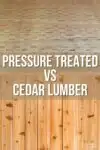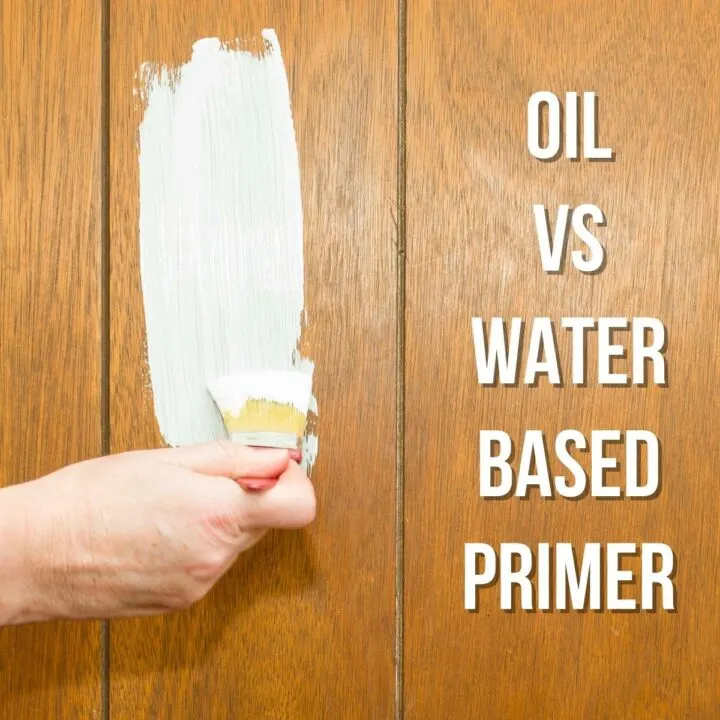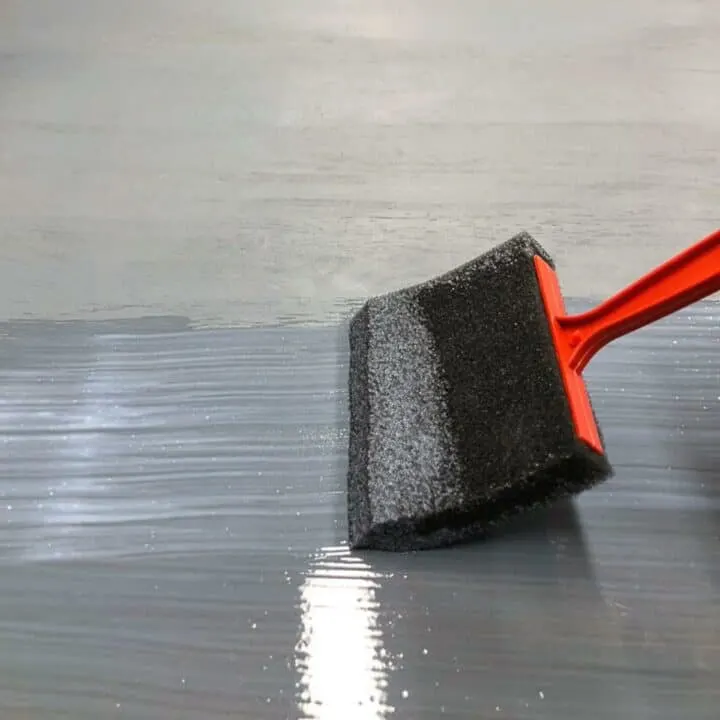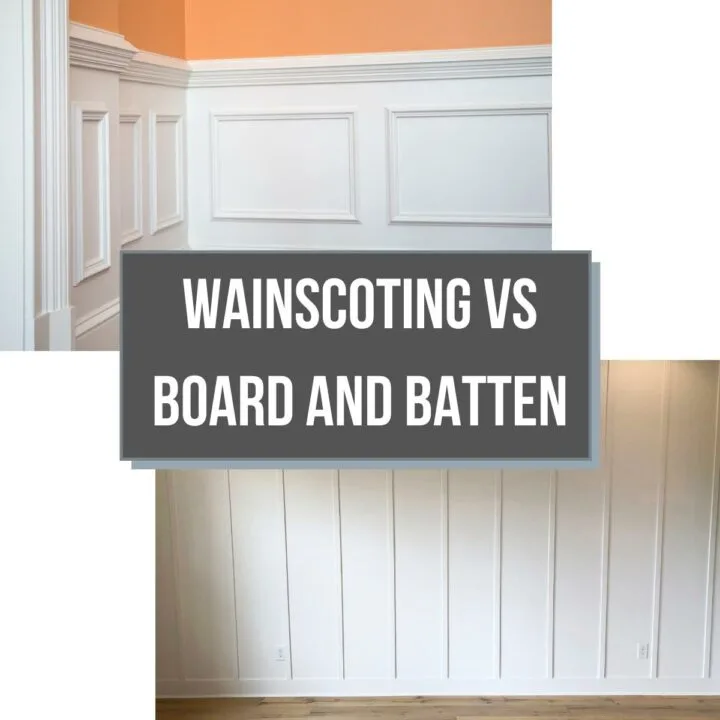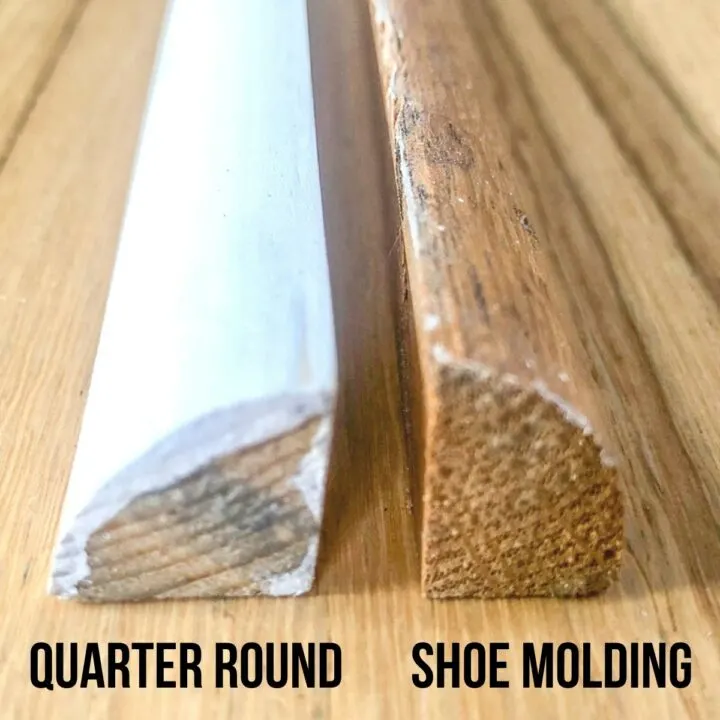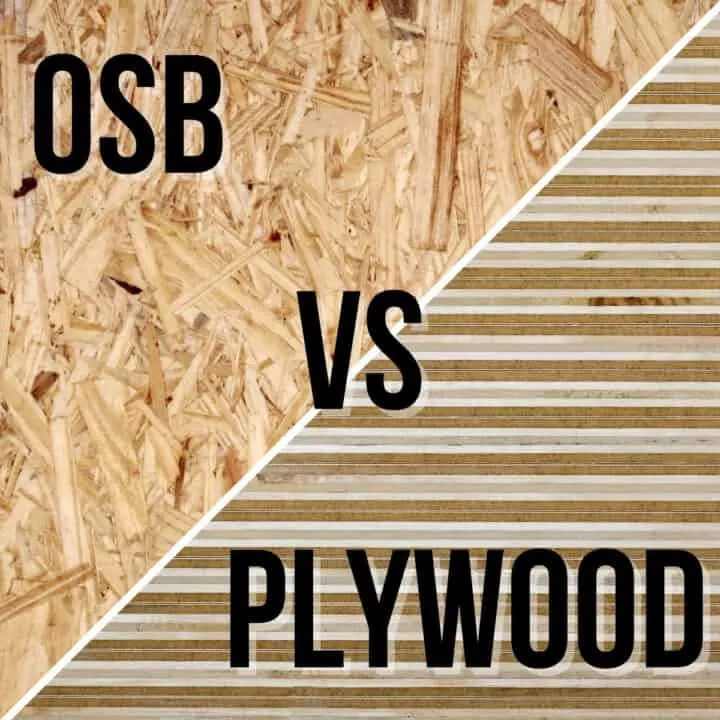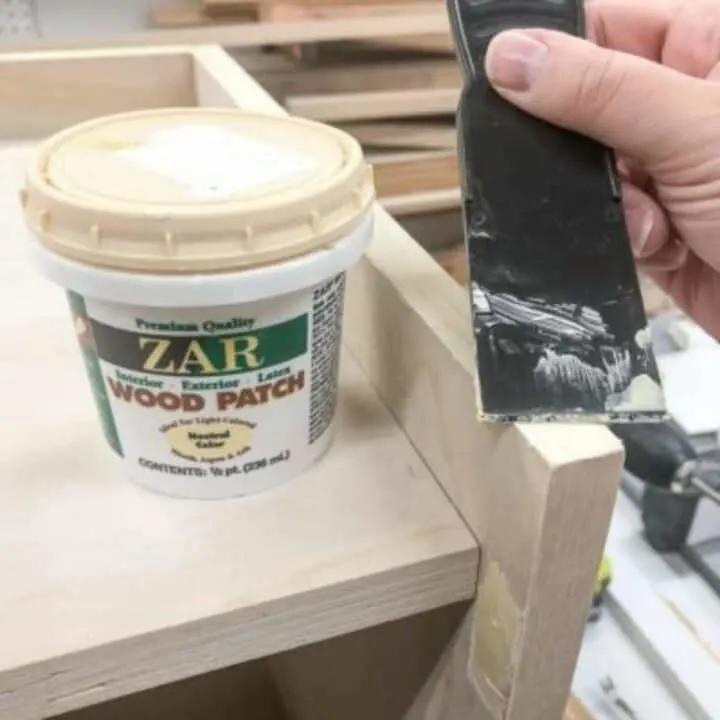Trying to decide between cedar vs pressure treated lumber for your outdoor project? Find out the difference and pick the best one for you!
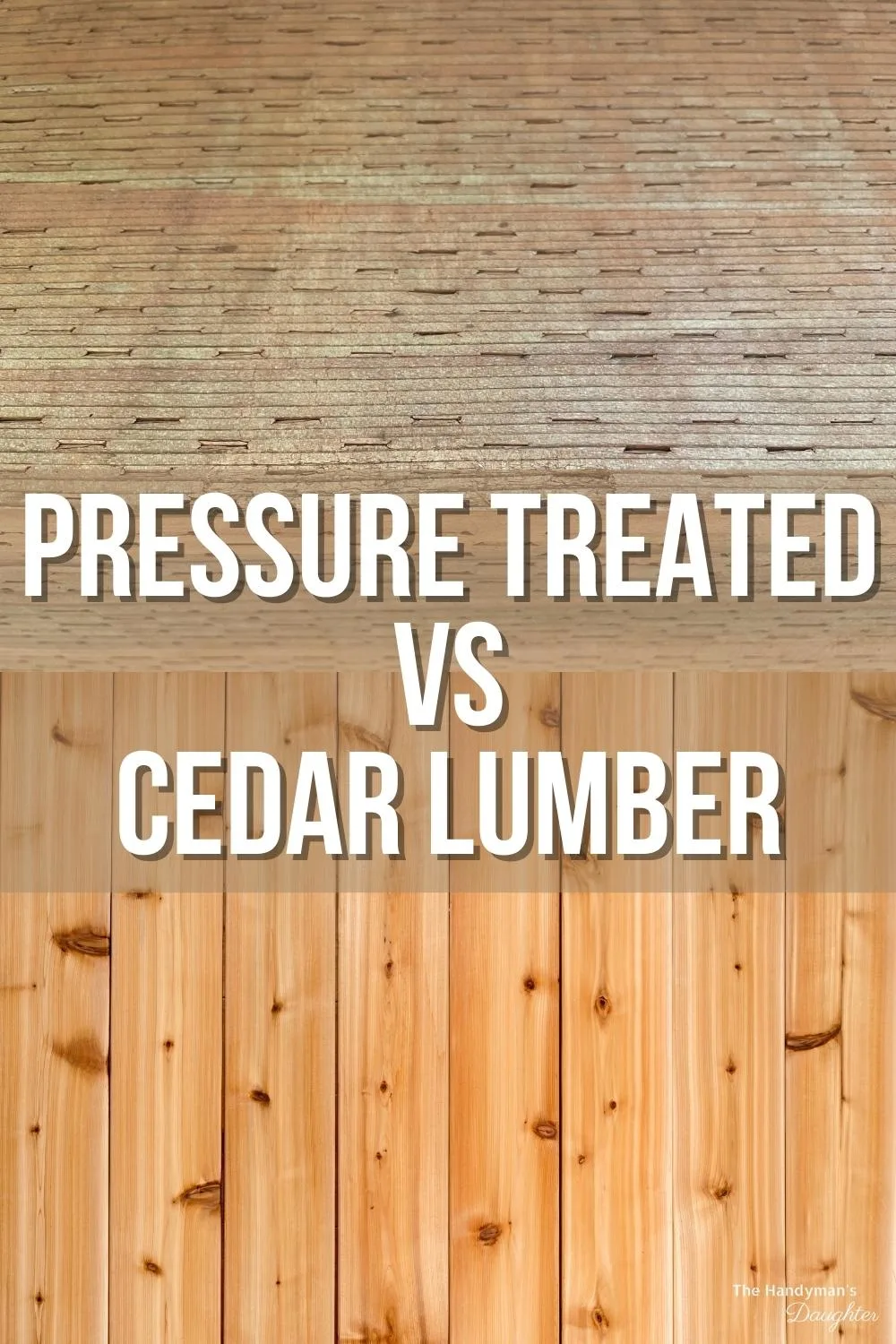
Are you wondering about the difference between cedar and pressure treated wood? These two types of wood are popular for outdoor use because they are both resistant to insects and rot – but which one is best for you?
Pressure treated wood is good for structural outdoor builds that require ground contact, or projects that aren’t near edible plants or pets. Cedar is naturally resistant to rot and decay, and doesn't require chemicals or stain to stay protected. This makes cedar a great option for play equipment and garden beds!
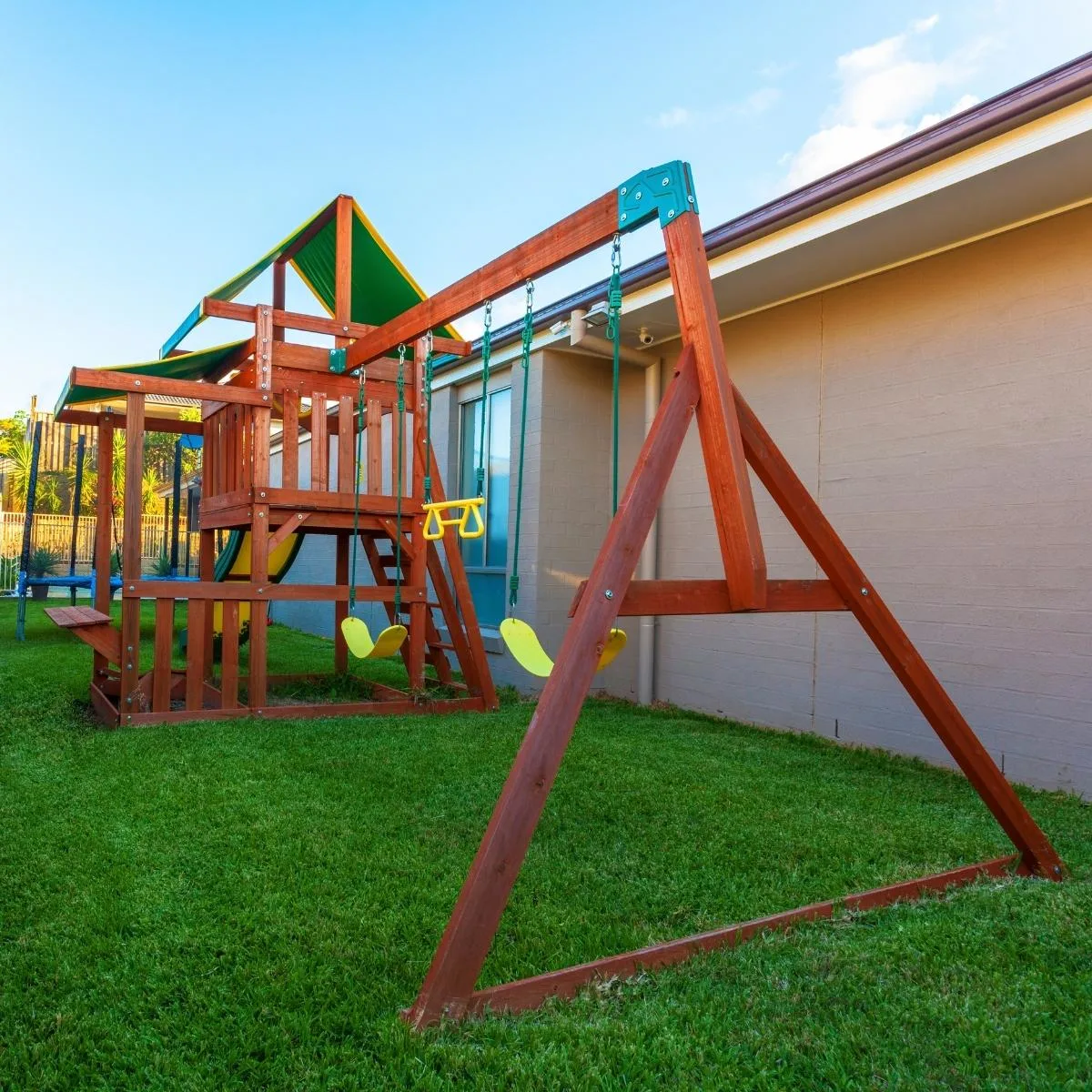
The differences between cedar vs pressure treated lumber are significant, but neither is infallible. For some projects, it's best to use both! For example, our deck is built with pressure treated lumber for the structural components, and more attractive cedar for the decking surface and railings.
Below, we’ll discuss these materials in more detail and talk about when you should use each. Let’s go!
This post contains affiliate links for your convenience. Purchases made through these links may earn me a small commission at no additional cost to you. Please visit my disclosures page for more information.
Pressure Treated Lumber
Pressure treated wood is regular softwood lumber, such as southern yellow pine or Douglas fir, that has been placed in a pressurized chamber and infused with a mixture of insect and water-resistant chemicals.
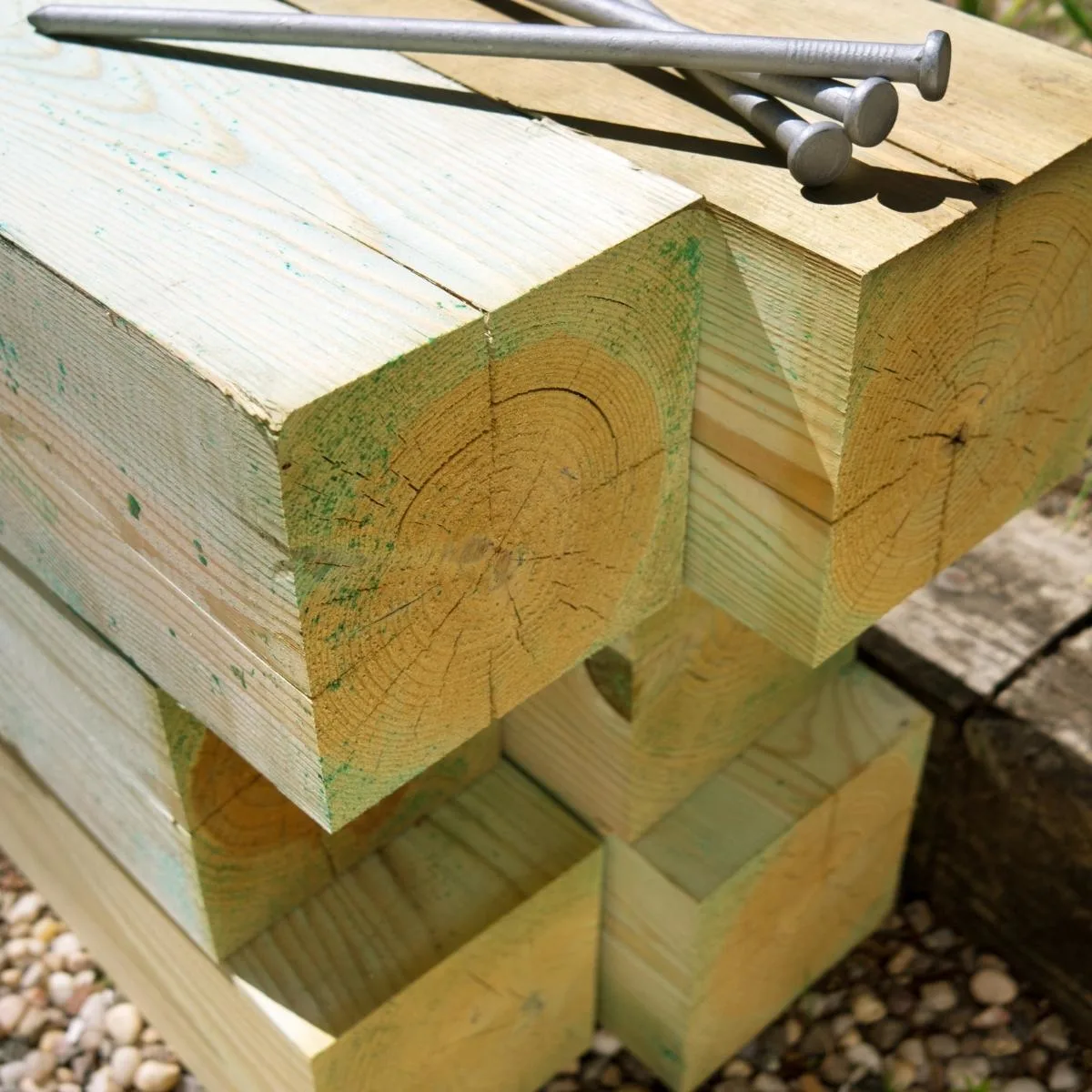
Pressure treated wood has multiple ratings, with some rated for occasional water contact, and others for full water or ground contact. It costs more per square foot than regular lumber, but is generally cheaper than cedar.
When Should I Use Pressure Treated Wood?
Pressure treated lumber should only be used for outdoor projects. It's typically used for structural components, such as supporting beams and joists of a deck.
It should not be used where there is direct human to surface contact. For example, you wouldn’t want to use pressure treated lumber for picnic tables. You should also avoid using chemically treated wood for raised beds, because there's a chance that the chemicals could leech into the soil.
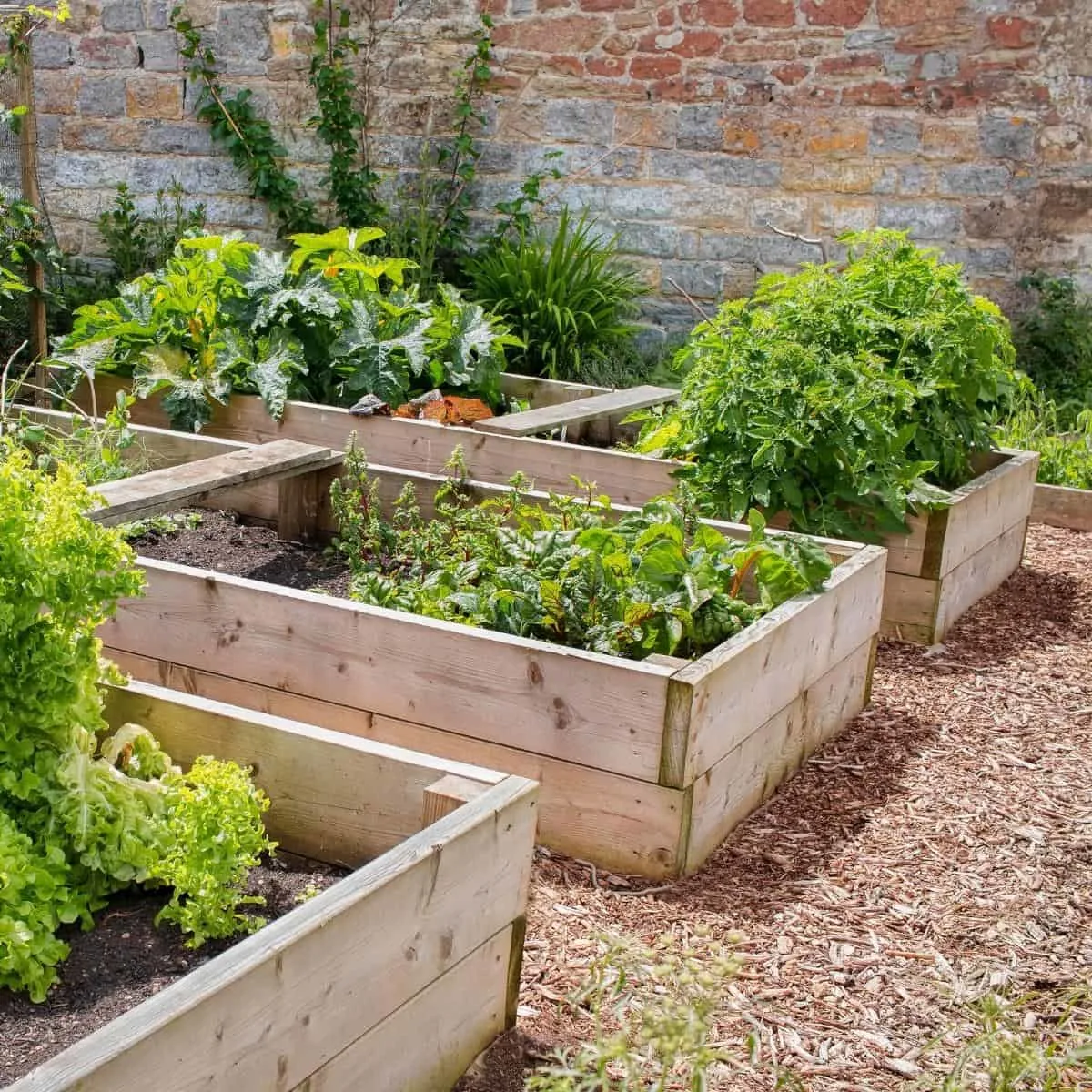
One drawback to pressure treated lumber is its appearance. Larger boards have thousands of tiny slits cut into the surface to allow the chemicals to penetrate deep into the wood. These slits are visible in the finished product, and the chemicals can give the wood a greenish tint.
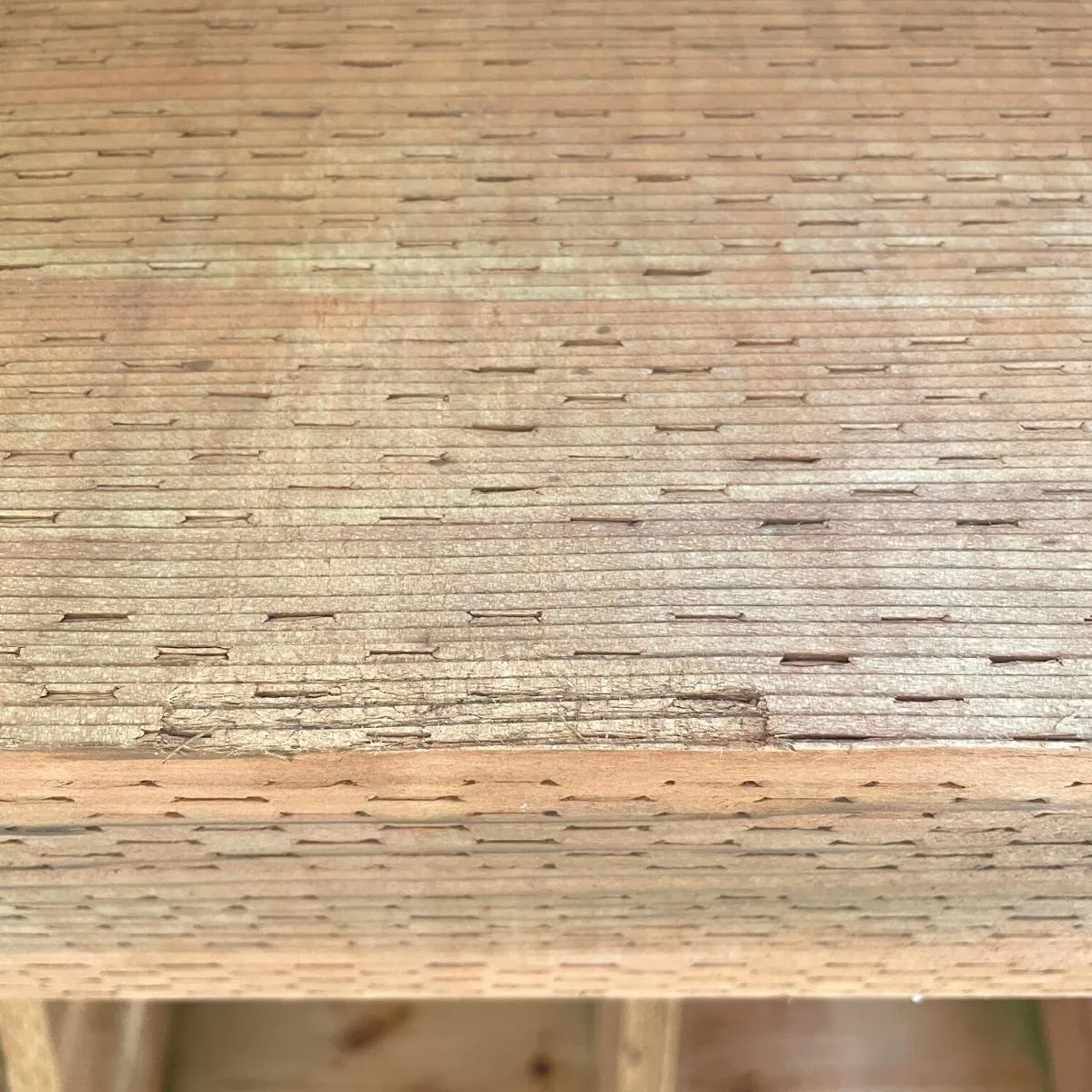
Also keep in mind that if the cut ends of pressure treated boards are exposed, they may need to be coated with additional preservative. The chemicals used may not penetrate all the way through thicker boards, and when you make a cut, you expose untreated areas to the elements.
Frequently Asked Questions about Pressure Treated Wood
Can I Paint Pressure Treated Wood?
Yes, you can paint pressure treated wood, but it may not work out as well as you might hope. The paint tends to peel after it dries because the wood is still wet from the chemical treatment.
If you’re going to try painting pressure treated lumber, wait a few months for the wood to fully dry. However, the chemicals still make it difficult to paint successfully because they are designed to repel moisture. Consider using wood stain instead for the best results.
How Long will Treated Wood Last in the Ground?
How long your pressure treated lumber will last will depend on the climate, how it’s installed, and the rating of the lumber.
In general, pressure treated lumber can be expected to last close to 25 years in the ground if the conditions are favorable. If the lumber is encapsulated in concrete, it could last even longer, over 40 years in some cases.
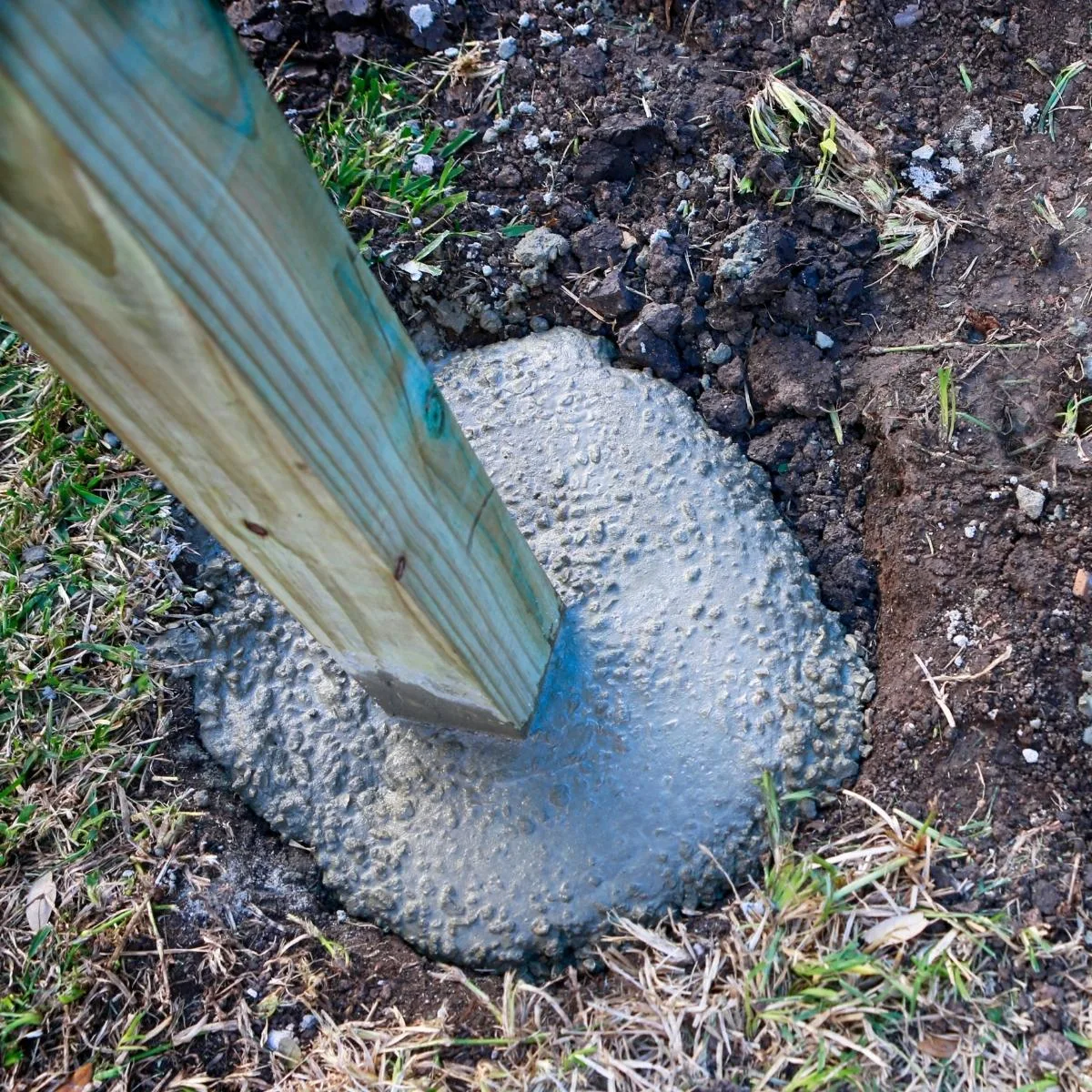
Is Pressure Treated Wood Safe?
Pressure treated lumber has health risks. Years ago, pressure treated lumber was made with chemicals such as arsenic. Manufacturers were forced to change ingredients, but even the newer formulations aren't great for you.
Pressure treated lumber is safe when the wood is used in the proper way. It should not be used indoors, and it's not recommended for children’s play equipment or raised garden beds. The chemicals can leech into the surrounding soil or into a child's skin.
Cedar Lumber
Cedar wood is a softwood that typically comes from either the Eastern White Cedar or the Western Red Cedar tree. Some cedar has more interesting and rich grain patterns, and others have a stronger aroma.
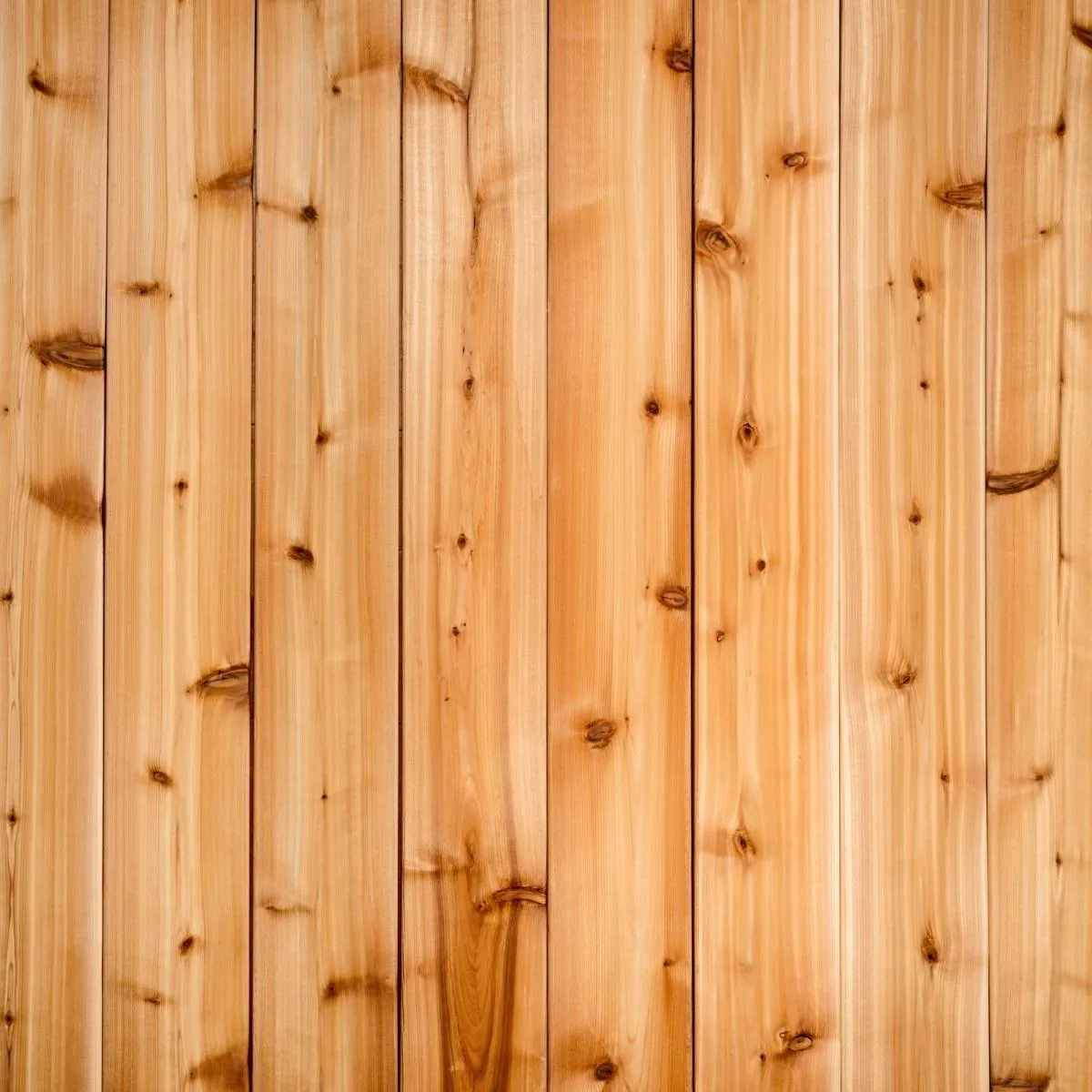
Cedar can be found at most lumber yards. This type of wood is popular for outdoor furniture, decks and fences because it is naturally insect resistant, decay resistant, and rot resistant.
When Should You Use Cedar Wood?
Cedar has a lot of uses. It tends to be the best option for decks, garden beds, and playground equipment. You can also use cedar shakes for roofing or siding material on traditional style homes.
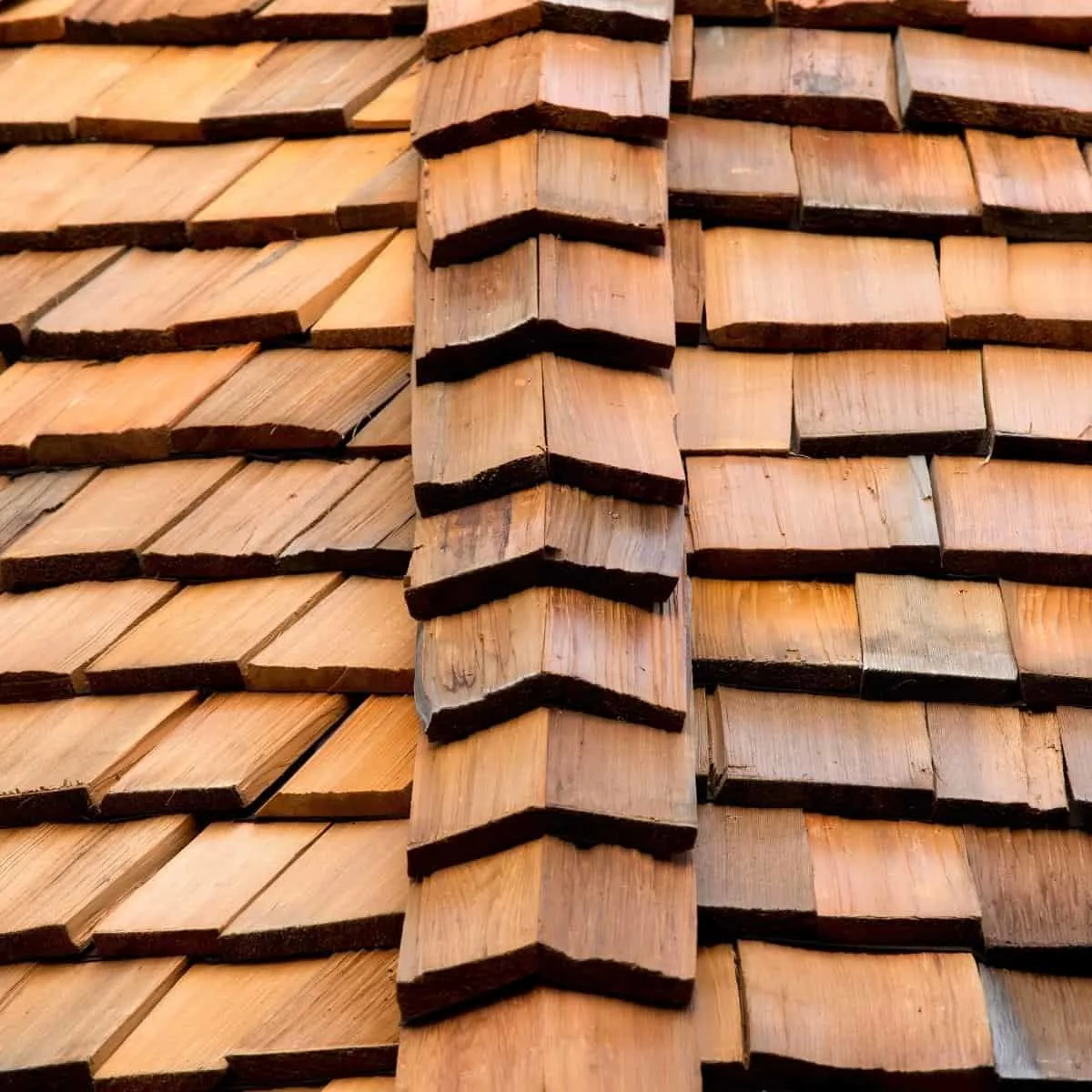
Cedar is one of my favorite wood species to build with. The long straight grain is easy to work with, and it smells amazing! I've built a lot of outdoor furniture with it over the years, including the grill station you see below.
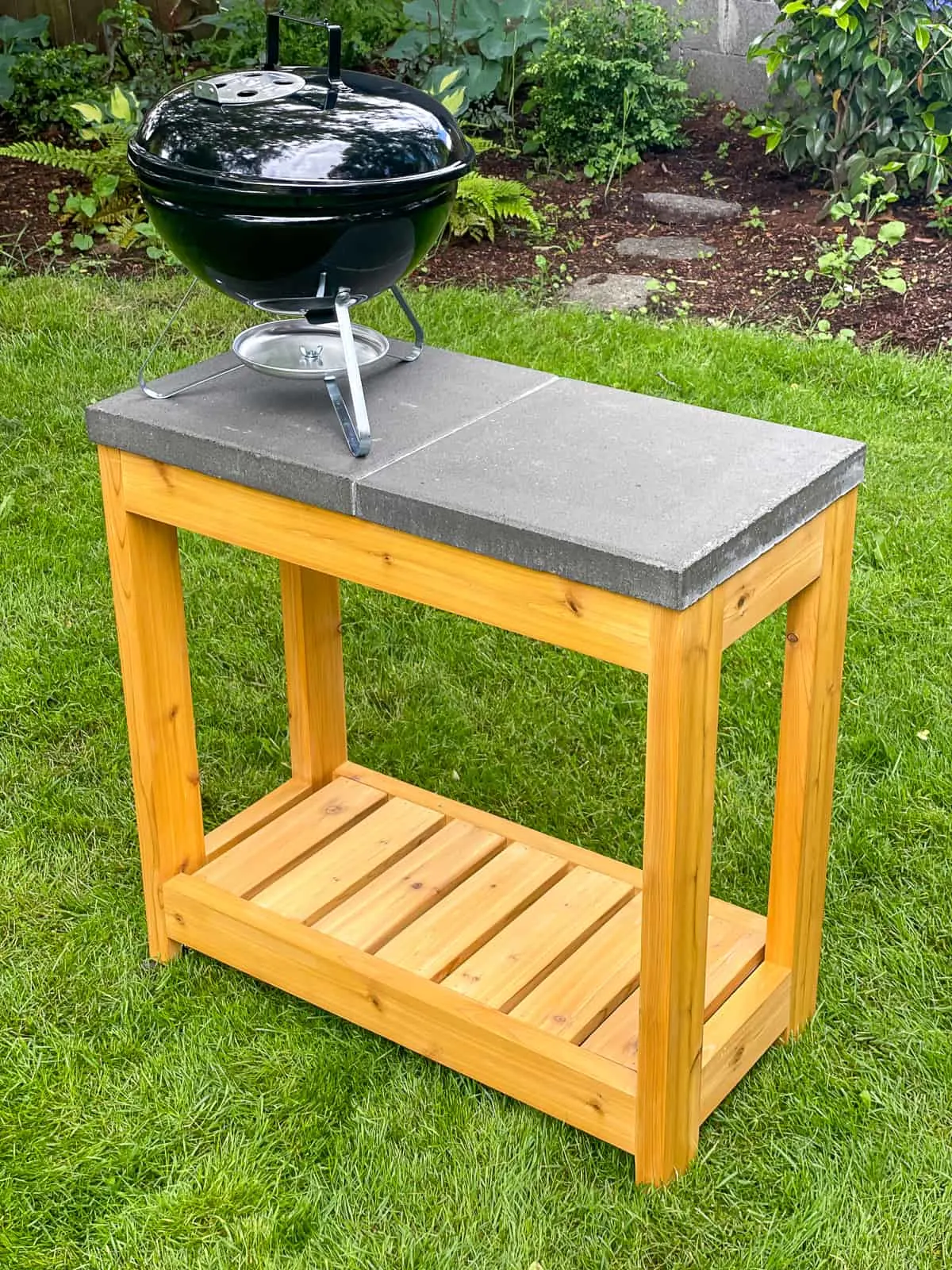
When would you choose treated lumber over cedar? If the board will be in direct contact with the ground, and will be holding significant structural weight, then you’re better off going with the treated lumber. Yes, cedar is resistant to rot, but if it’s directly contacting the earth, it will deteriorate faster than treated wood.
Pros and Cons of Cedar Wood
Let’s start with the pros. Cedar wood is a relatively affordable lumber that is resistant to decay. Cedar wood is also a light lumber, making it easy for a single person to work with.
Further, many types of cedar have a lovely grain pattern and a pleasant smell. You can use cedar indoors to line the inside of a closet to repel moths and insects from your clothes.
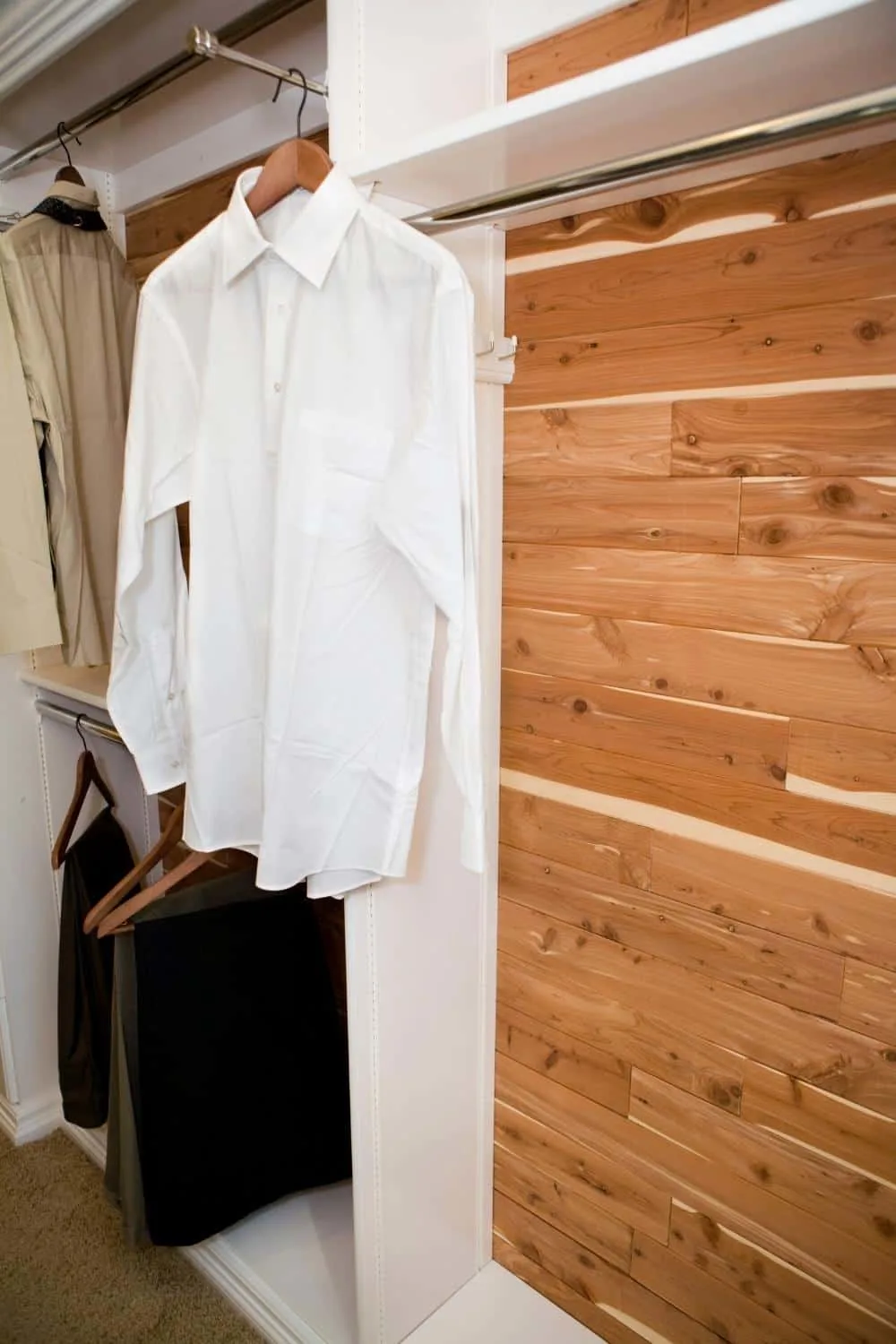
Now let’s talk about the cons of cedar wood. Cedar wood isn’t as cheap as regular pine, though it’s not as expensive as hardwoods. Further, cedar wood is soft, so it will scratch and dent with relative ease.
Finally, though cedar wood does have a natural resistance to water and insects, it won’t last as long as strong treated lumber, particularly under constant adverse conditions.
Frequently asked questions about Cedar Wood
Does Cedar Crack Easily?
Wood tends to expand and contract with the seasons, and cedar is no exception. Cedar is likely to crack at the ends, so it’s a good idea to pre-drill holes to prevent the screws from forcing the fibers apart.
Pressure treated lumber is more prone to cracking than cedar. As the chemicals in the wood dry, it can cause the wood to warp, twist and split.
Can Cedar Wood Rot?
Yes, cedar wood can rot and deteriorate given enough time. Cedar wood is resistant to rotting. However, resistant is not the same thing as invincible. Yes, cedar lumber will last much longer outdoors than something like standard pine.
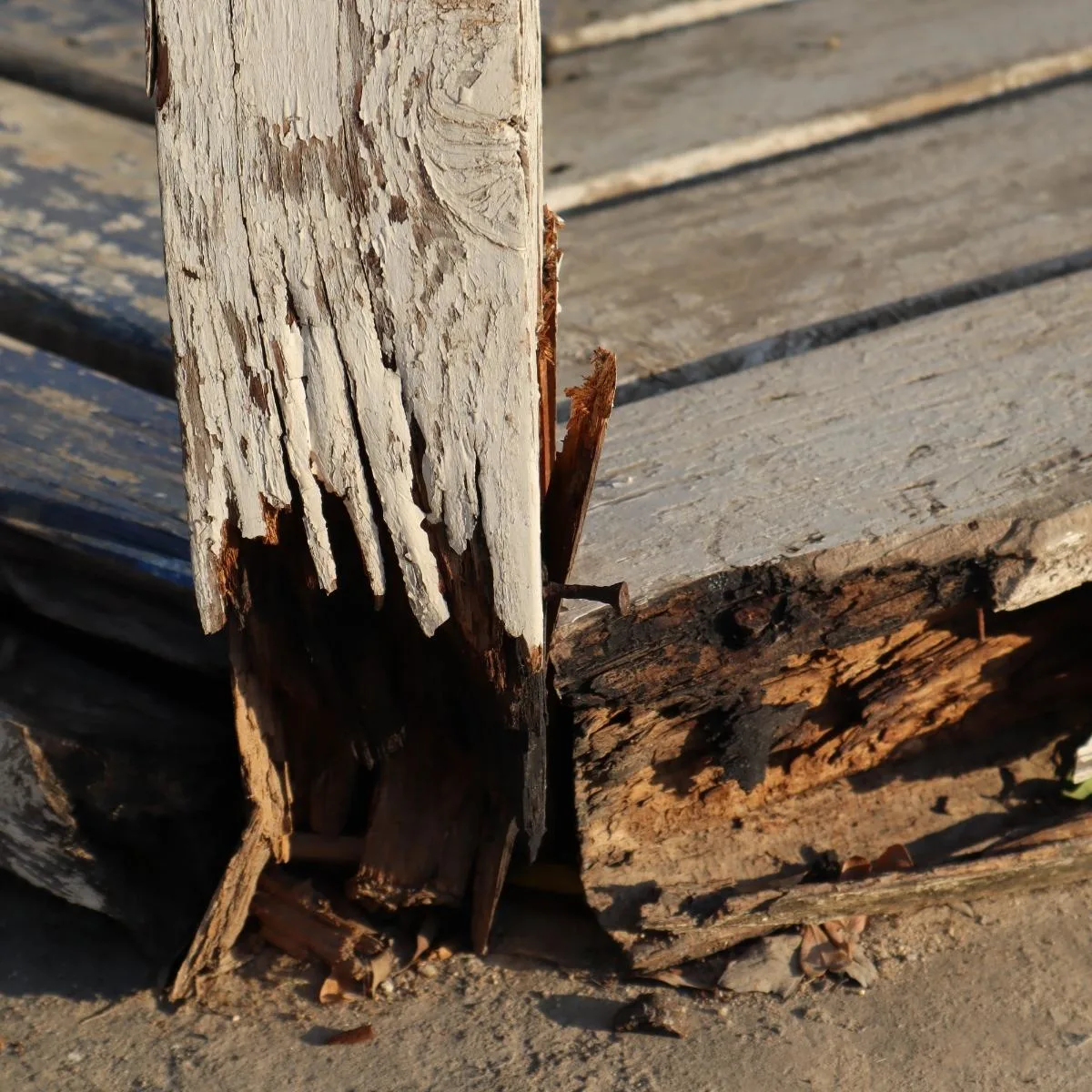
However, if you place a natural cedar board directly in the dirt or water, don’t expect it to last forever. For these tasks, you might be better off using a piece of treated lumber that’s rated for contact with the ground.
Does Cedar Wood Need to Be Sealed?
Sealing cedar is optional. Some people might want to stain their cedar because they want it to last a little bit longer, or to change the color.
However, since cedar is naturally resistant to the elements, some people might choose to leave the wood unsealed. Unsealed cedar will have a more natural look, and will age to a rustic gray color over time.
Hopefully this article helped clear up any confusion about cedar vs pressure treated lumber! If you have any questions, feel free to leave them in the comments below!
Check out these other articles!

